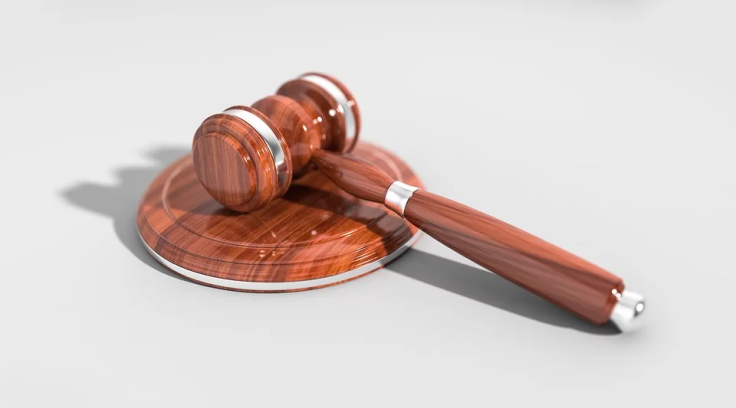
No one ever wants to get involved in a personal injury lawsuit but sometimes that is the only way to get the compensation that is needed. One question anyone pursuing a personal injury lawsuit wonders about is just how long the process will take. The answer is that it varies based on the type of personal injury as well as a few other factors. But no matter how long it takes, the steps are always the same; and one of those steps is the hiring of an experienced personal injury attorney to represent you.
A lawyer gives you the best chance at a successful outcome in your personal injury case. If you want to know more about personal injury law and how an attorney can help you, then you should visit the hyperlink. To learn more about the process of a personal injury lawsuit, keep reading.
Step 1: The Injury Happens
This is, of course, where it all begins. After the personal injury, if it is possible, you should document as much of the incident as you can. That means taking pictures of the accident scene, gathering the contact information of any witnesses, and any other relevant information. If the personal injury is something as serious as a car accident, then you should alert the authorities as soon as possible. No matter the type of personal injury, make sure that you never admit, or suggest, that the accident was your fault. That could hurt you later on.
Step 2: Get Medical Treatment
This is an important step because you need to take care of yourself above all else. This is also why there is no fixed timeline for a personal injury lawsuit; because recovery times vary based on different factors like the seriousness of the injury. Once you feel that you are well enough, you can proceed to the next step.
Step 3: Find a Personal Injury Attorney
This is possibly the most important step in the process, even if you do not end up needing a lawyer. That is because asking a lawyer for advice is always a good idea; a personal injury attorney can let you know whether your case requires their assistance or not. You don't need to worry that they will take your case even if they are not needed because that would be a waste of their time. If a lawyer takes your case, then you really do need their help. They can help you to get a much bigger settlement than what you could get by yourself. If the attorney decides that you don't need their help, then they can give you advice on what course of action you should take.
Step 4: Investigation
Once you retain an attorney, they will begin the investigation process. They will interview you about the accident, your background, and your past medical history. That is because the insurance company will try to claim that some, or all, of the medical conditions caused by the accident were pre-existing or degenerative in nature. Once your personal injury attorney has a full picture of your medical history, they will be able to disprove such claims. They will also collect all of the medical bills and expenses related to your injury. This is another lengthy part of the personal injury lawsuit because investigations can take weeks or months to complete.
Step 5: Insurance Claim or Personal Injury Lawsuit
At this stage, your personal injury attorney will file a claim with the insurance company of the party that caused the accident. Most cases will end at this stage, but in some instances, the insurance company will refuse to accept the settlement offer, in which case your lawyer will file a personal injury lawsuit.
Step 6: Discovery
If a lawsuit is filed, then the discovery stage is next. This is when each side of the personal injury case investigates the other side's offensive and defensive strategies. This process can last for a few months or up to a year. The time depends on the complexity of the case.
Step 7: Mediation, Negotiation, or Arbitration
The lawyers will once again attempt to settle the case without going to a trial by using mediation. The mediator facilitates the negotiation between the two parties and allows them to come to a settlement agreement without going to court. That is because a trial can be lengthy and expensive, so it is in the best interests of both parties to settle the case before it gets to that stage.
Both parties can also go through arbitration instead of mediation; the main difference between the two is that mediation is non-binding and arbitration is. In some cases the court will request arbitration if the judge believes that a settlement is possible.
Step 8: The Trial
If all of the previous methods fail and a settlement cannot be reached, then the case will go to trial. The length of the trial varies depending on the complexity of the case, so it can last for a few hours to a few months. Your personal injury attorney can give you an idea of how long the trial will take before it starts.
The Most Important Step Is To Hire a Personal Injury Attorney
At nearly every step of the personal injury lawsuit timeline, the help of an attorney is invaluable. They can negotiate settlement offers, perform the necessary investigations, and face the opposition's own lawyers. Regardless of whether the personal injury lawsuit goes to trial or not, an experienced attorney by your side will drastically increase your chances of getting the settlement offer that you deserve.
© 2025 University Herald, All rights reserved. Do not reproduce without permission.








